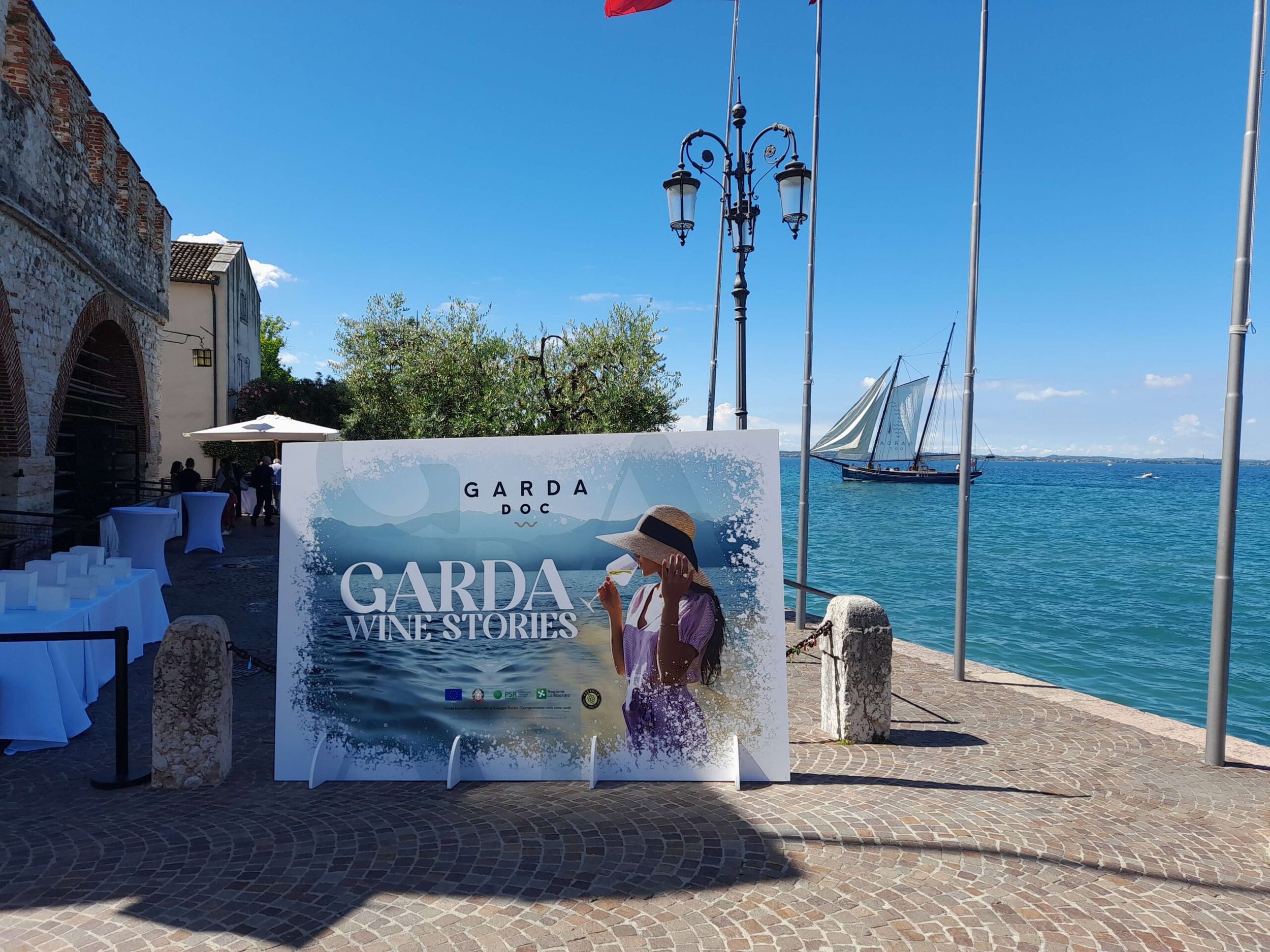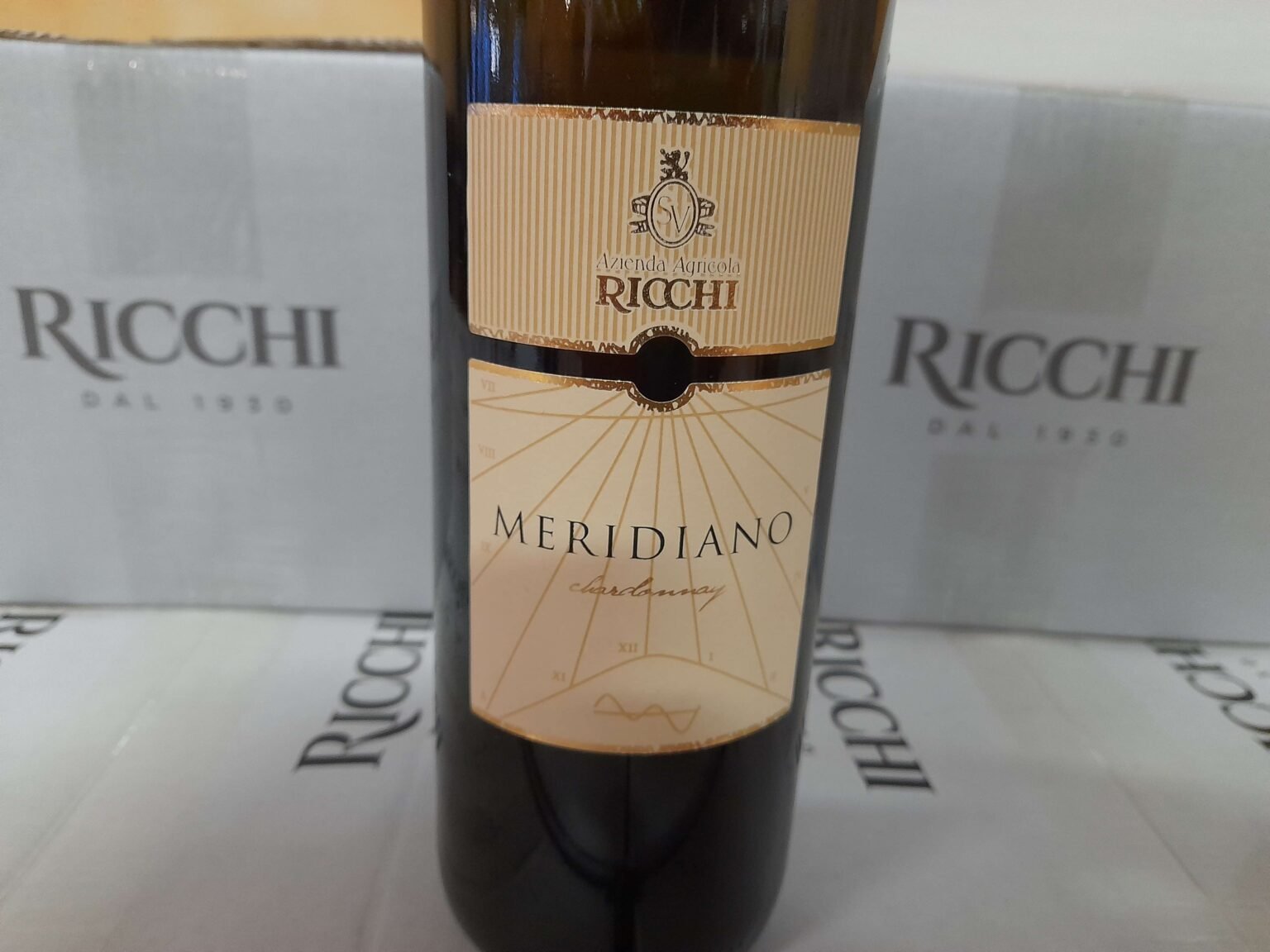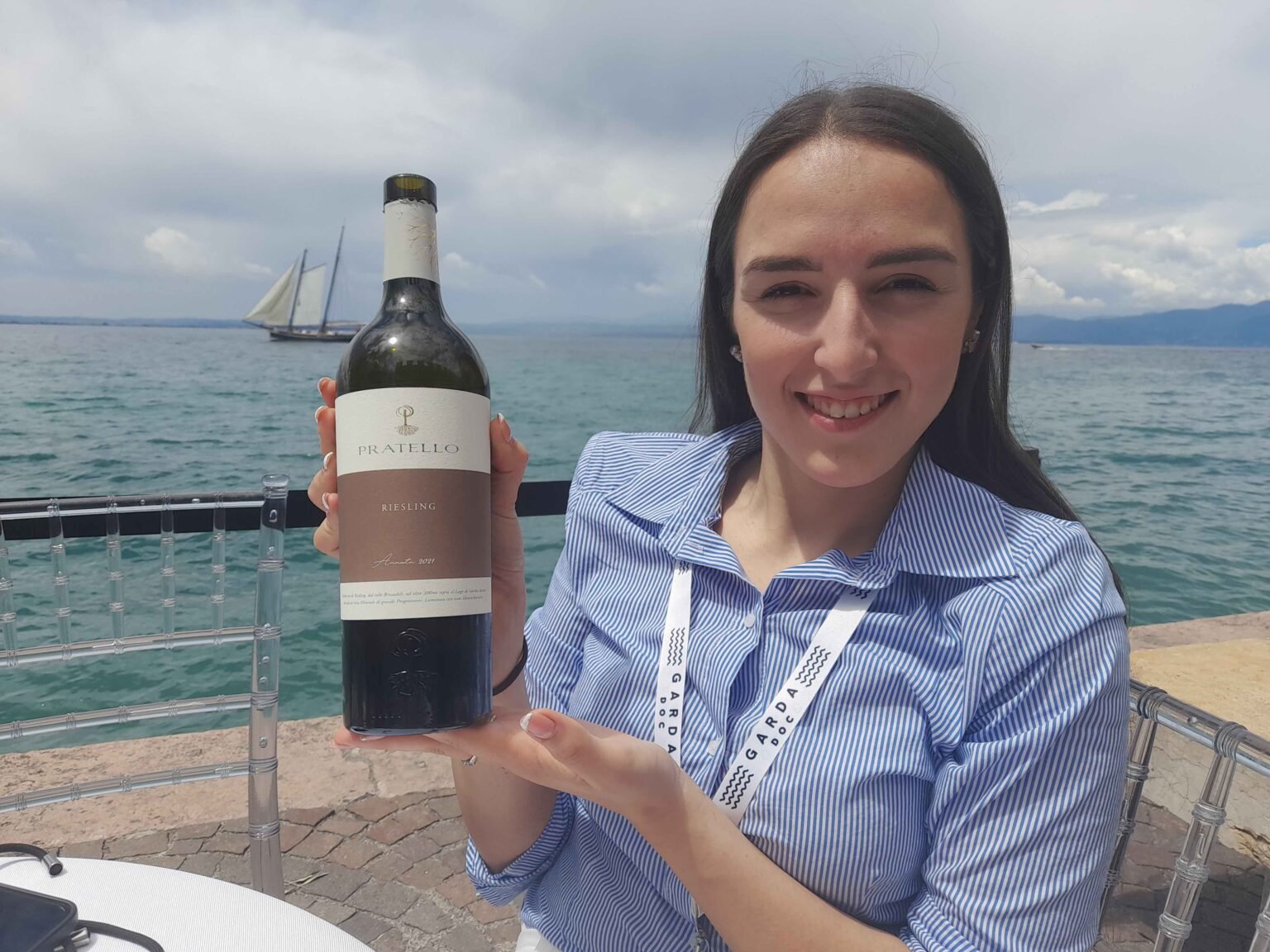Production of both Lake Garda wine and the amount of growers has quadrupled over the past five years. The area is led by a bullish Garda DOC that wants to up production to 40 million bottles per annum, and promote its 10 appellations and range of wines to the outside world. Geoffrey Dean visited the region and samples the impressive wines of Vigneti Villabella, Pratello, Santa Sofia, Ricchi, Perla del Garda and Tommasi and tries to get under the skin of what makes this region so unique.
By Geoffrey DeanJuly 14, 2022
“Freshness is assisted by a near-permanent breeze off the lake, with lowish pHs a common denominator in Lake Garda wine,” writes Dean.
For most wine drinkers around the world, Lake Garda is somewhere very nice you go to on holiday. The biggest lake in Italy at 370 square kms, it dwarfs nearby Lake Como, being 52 km long and 16 km across at its widest point. Its perimeter is 158km – almost exactly the same distance as that of the M25 encircling London.
However, the Lake Garda DOC was founded in 1996 with the aim of promoting the varietal wines of the 10 designations of the Garda area between Lombardy and Veneto. These include two very well-known appellations in Soave and Valpolicella as well as familiar ones in Lugana and Bardolino. The other six don’t exactly trip off the tongue: Colli Mantovani, Custoza, Monti Lessini, Riviera Valtenesi, San Martino della Battaglia and Valdadige Terradeiforti. Varietals that are especially representative are Trebbiano, Garganega, Chardonnay, Pinot Grigio, Corvina, Merlot and Cabernet Sauvignon.
Production of Lake Garda wine has shot up in the last five years from 4.5 million bottles per annum in 2016 to around 20 million by 2021. Quality has also improved, and not without some justification does Paolo Fiorini, the president of Garda DOC, proclaim “we believe this appellation is ready to make a big leap from not just a place for holidays but also great wine.”
Certainly, the area appears to have the capacity to increase production further and provide the volume that multiples and indies alike may want. A total of 969 growers in the DOC in 2016 has swelled to 3,962 by last year, and in the Cantina di Soave, the region possesses one one of the biggest and best cooperatives in Italy.
The director of the consorzio, Carlo Alberto Panont, declared that the objective is to double production to 40 million bottles per annum. “We currently export 80%, but I want to increase that percentage,” he said. “Our main markets are Germany, UK, Scandinavia and the USA.”
For those not fully aware of the Garda DOC’s production area, it is a predominantly hilly landscape around the lake, stretching from Valtenesi in the west to Valpolicella in the east, from the Mincio river to the city of Verona. Of the area under vine (31,100 hectares), as much as 27,889 ha are in the province of Verona, with the remainder in the provinces of Brescia and Mantua.
So much for its geography and beautiful location. What about the Lake Garda wines?
The locals love to tell you that the majority of Lake Garda wines are characterised by softness, fruitiness and freshness. “Garda is land of light,” Panont declared. “And light, or rare luminosity is the natural factor that makes the production area around the lake a Mediterranean enclave at the foot of the Alps. The effect of the light refraction, amplified by the large area of water, produces the sensation of a friendly climate.” Freshness is assisted by a near-permanent breeze off the lake, with lowish pHs a common denominator.
Drinkability, therefore, is the watchword of Garda DOC wines. Vigneti Villabella, a winery near Bardolino, produces elegant, fresh and expressive Pinot Grigios, with the 2021 vintage available through Tordoff Wines near Southampton. A really good Trebbiano is made by Santa Sofia, whose UK importer is Mondial Wine in Surrey.
Giovanna Prandini with her sparkling wine
Meanwhile, Giovanna Prandini, owner of the Perla del Garda winery in Lugana, is seeking UK distribution. Her two sparklings, both made by the traditional method, showed superbly, with the non-vintage Blanc de Blancs spending 20 months on the lees and the 2009 vintage, also 100% Chardonnay, 72 months with zero dosage.
Likewise, Azienda Ricchi, situated to the south of Lake Garda, makes an excellent still Chardonnay named Meridiano and is also looking for a British importer.
One of the most dynamic wineries in Garda DOC is Pratello, which is located to the west of the lake in Valtenesi. Owner Vincenzo Bertola, and his daughter Naike, make a most impressive range of wines, some of which are available through Berkmann. “Our aim is to obtain a salty finish, which is a key character for our whites and reds,” Naike says. “We are certified organic, and have a lot of cows in the vineyards. For us, the synergy between animals and the vineyards is super important. They give us a fantastic biodiversity to the soil. With our Rosés, we hope to give a specific ID to Lake Garda DOC.”
Naike Bertola with her Pratello Riesling
Pratello, whose total production is around 700,000 bottles per annum, makes an excellent Riesling from vines planted on poor morainic soils in the 1970s by Naike’s grandfather. The 2016 has developed petrol and honeyed notes to add to the citrus of more recent years. The winery’s range of sparkling wines includes a Rosé, made by the single fermentation ‘methode ancestrale,’ as well as a fine traditional method Blanc de Blancs from 95% Chardonnay and 5% Erbamat, a rarely-found local variety that is very high in acidity. Labelled Donna Caterina, it spends 36 months on the lees and has a dosage of 2 g/l.
Completing Pratello’s range are a pair of Garda Rosso DOC reds from the Rebo grape, a cross of Merlot and Teroldego. The Nero per Sempre 2018 label (or ‘black forever’) was named this because Vincenzo “wanted something deep, pure and intense.” Soft tannins, typical of Rebo, make this very approachable, even if 40 days of raisining of the grapes in the cellar give it notable richness. A ‘no sulphites added’ Rebo from 2020 is made quite differently, being lighter and fresher.
A special word for Tommasi
Rich Amarone wines are a hallmark of Tommasi, one of the leading wineries in Valpolicella. The company has vineyards all over Italy, and export manager, Giorgio Scarsella, is keen to increase exports of their Montalcino labels through its UK importers, MMD in London. Tommasi already sends to Britain some 15,000 bottles per annum of their good everyday drinker, Casisano Rosso di Montalcino, but would like to get more uptake of their lower premium label, Casisano Brunello di Montalcino. From vines grown at 520 metres, which yield 6.2 tons per hectare, the 2015 vintage was aged in large second and third-fill Slavonian oak vessels for two and a half years, and is drinking beautifully now.
Pierangelo Tommasi
Everything about Tommasi oozes excellence, from its own spa hotel near Verona named Villa Quaranta to its wines at all levels and executive director Pierangelo Tommasi. He oversees a total annual production of around two million bottles from its various Italian DOCs which, from next year, will also include Umbria and Sicily. Nearly 90% of Tommasi’s wines are exported to 70 markets, but he believes there is capacity for an increase of 15% if distribution is improved.
Giorgio Scarsella in front of the Magnifica
The three Amarone labels we tasted over lunch positively sang: the Amarone Classico 2018, the super premium CaFlorian Riserva 2013 and the iconic Deburis 2010. And no report on Tommasi would be complete without mention of their 33,300-litre Slavonian oak foudre, certified by the Guinness Book of Records as the largest in the world still in practical use. Made by Garbellotto in 2010, it took six months to be produced, and is known as the ‘Magnifica.’ A suitable epithet for all things Tommasi.






